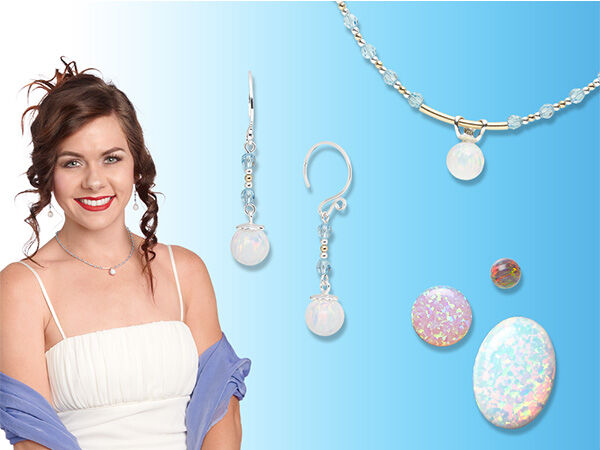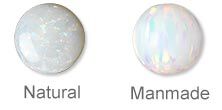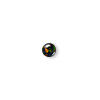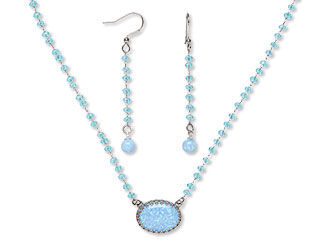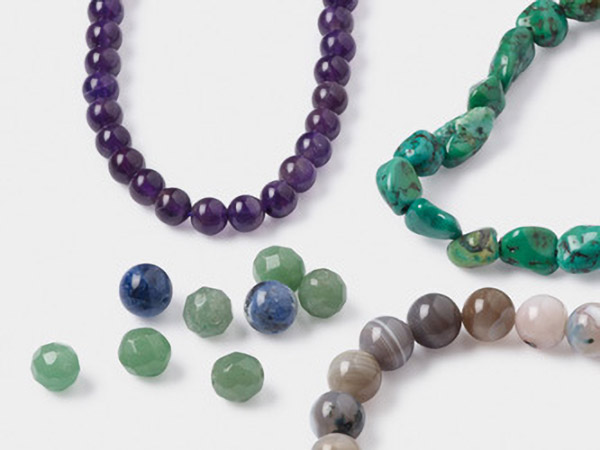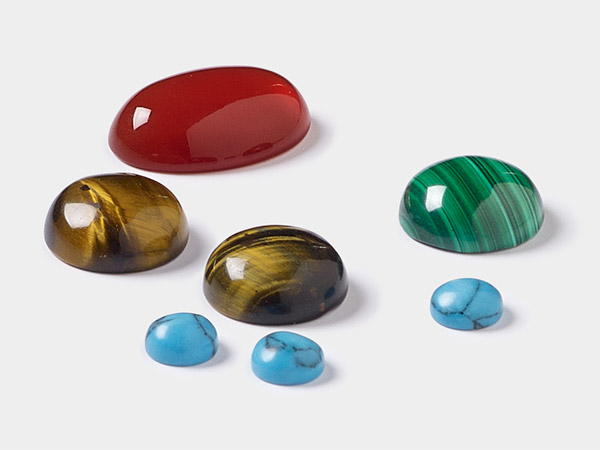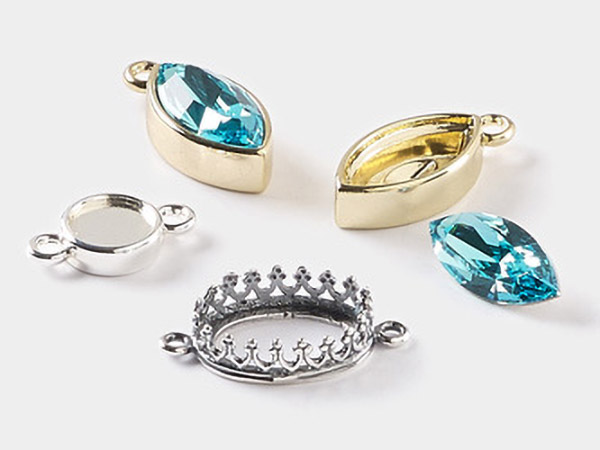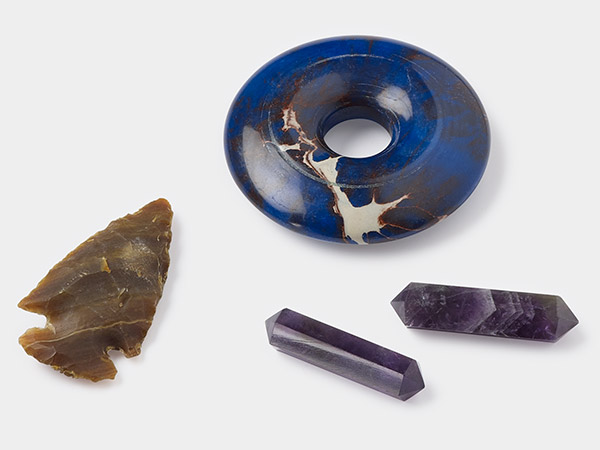Opal: Benefits of Synthetic and Manmade Stones
Opal is an uncommon gemstone with an equally uncommon beauty and a sadly common fragility--leading it to be recreated in the laboratory as a stronger composite that withstands the stresses the natural opal cannot.
Gem grade opal is extremely rare; therefore, it is also extremely expensive. Other opal materials--stones without the colorful flash of colors--are called "common opal" and are far more easily available. This includes natural gemstones such as fire opal, Mexican opal, Peruvian opal, brandy opal and more.
Simulated Opals, Man-made
Man-made simulated opals are manufactured in two ways. Some, like our Gilson® opals are cut from opaline silica grown in a laboratory, taking over a year to grow and "come into their colors." This slow growth results in a similar structure and material balance as natural precious opals, but with increased durability and structural stability. Gilson opals contain approximately 70-75% silica (similar to natural opal) within a trade secret base of translucent plastic or resin.
Simulated opals do not contain water like natural opals do--making them less vulnerable to changes in temperature, humidity and heat. Gemologists and industry experts agree, since no simulated man-made opal contains water, none of this material can legitimately be called "synthetic." Instead, the industry advocates calling all manufactured opal materials "man-made simulated."
- Black mosaic opals are stacked in a sandwich of materials: a backing layer made of glass, plastic or a variety of low-cost black stone materials, a layer of Gilson created opal and topped by a layer of clear glass. The layers are bonded with a strong epoxy.
Manmade Opal (also called "Simulant Opal")
Fire Mountain’s other simulated opals are Kyocera Corp block material, created in block form from 80% silica base material and 20% epoxy for hardness. They are more cost effective, easier to cut, grind and shape than the more brittle natural gems and are highly resistant to temperature changes, as well as dry environments. These stimulants are frequently used in the largest pieces cut from opal, such as figurines, inlay pieces or Dione® large-hole beads.
Although these materials are stronger than natural opal, cutting them is still a challenge. Each bead and cabochon for sale is a survivor of the cutting, drilling and polishing process. The high levels of silica means a significant level of breakage during cutting and drilling, yet to lower the level of silica is to decrease their beauty.
Designing with Synthetic and Manmade Opal
These lab-created and manufactured forms of opal result in stronger beads and stones, opening up creative options for jewelry makers. No longer are designers restricted to low-impact necklaces and earrings (and maybe the occasional cocktail ring). Now large pieces of opal-like components and beads are appearing in designs, such as generously sized Dione large-hole beads. Stronger materials means bracelets, buttons, anklets and other areas of jewelry with higher risk of impact can now showcase the signature play of colors in the opal.
Shop for Your Materials Here:
Have a question regarding this project? Email Customer Service.
Copyright Permissions
All works of authorship (articles, videos, tutorials and other creative works) are from the Fire Mountain Gems and Beads® Collection, and permission to copy is granted for non-commercial educational purposes only. All other reproduction requires written permission. For more information, please email copyrightpermission@firemtn.com.
